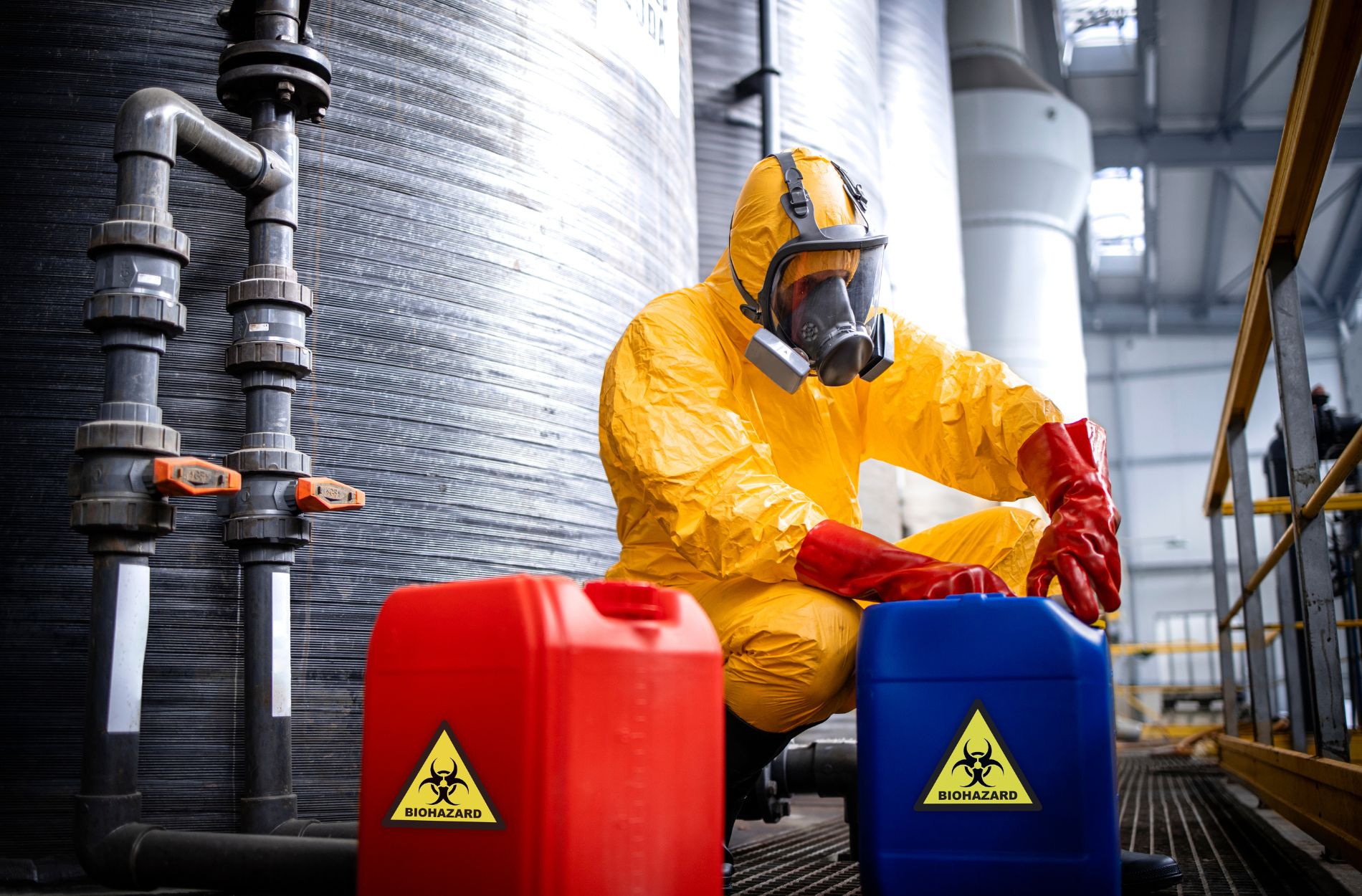Reporting Health and Safety Executive (HSE) concerns is crucial for maintaining a safe workplace. Whether you’re an employee or a visitor, recognising unsafe conditions and knowing how to report them can help prevent accidents and injuries. Having the right information and tools makes this process straightforward and effective.
Many people hesitate to report HSE concerns due to fear of retaliation or simply not knowing the correct procedures. Understanding when and how to report can empower you to take action confidently. By identifying hazards early and reporting them responsibly, you contribute to a safer environment for everyone involved.
This guide will help you identify situations that need reporting, teach you the right methods to report HSE concerns, and explain what happens after you make a report. Understanding this process can ease your worries and encourage you to be proactive about safety in your workplace.
Recognising When to Report HSE Concerns
Knowing when to report HSE concerns is vital for ensuring workplace safety. Certain situations clearly require immediate reporting. If you see a hazard that poses an immediate threat, such as exposed wires, toxic spills, or unsafe working conditions, you should report it at once. Immediate dangers can lead to serious injuries or worse if not addressed quickly.
It’s also important to recognise ongoing problems that aren’t being fixed. These can include broken machinery, inadequate safety procedures, or lack of proper training for staff. Repeated violations of safety rules like incorrect storage of hazardous materials also fall into this category. If these issues persist, it might indicate a bigger problem with how safety is managed in your workplace.
Finally, report any threats or pressure to ignore safety protocols. If managers or co-workers are putting you in a position where you feel unsafe, you must report this. Situations where employees are encouraged to bypass safety steps to save time or money should be flagged immediately. Your report can help prevent future accidents and ensure a safer environment for everyone.
Methods for Reporting HSE Concerns
Reporting HSE concerns can be done through several methods. The first step is usually to report the issue within your organisation. Talk to your supervisor or the designated health and safety officer. They might have a specific form or process for documenting safety concerns. Be clear and provide all necessary details like the location, date, and description of the issue.
If you’re uncomfortable reporting the concern internally or if the issue is not addressed, you can contact the Health and Safety Executive (HSE) directly. You can file a complaint online or by phone. When reporting to the HSE, give all relevant details and any evidence you might have, such as photos or videos. If you want to remain anonymous, inform them at the start of your report. The HSE takes anonymous complaints seriously and will investigate the matter without revealing your identity.
Another method is to use external helplines or advisory services. These services can offer advice on how to proceed with your complaint and may even assist in filing it. Keeping a record of your complaint and any correspondence will help you track the progress of your report. Don’t hesitate to follow up if you do not receive a response within a reasonable amount of time, ensuring your concern is given proper attention.
What Happens After You Report HSE Concerns
Once you have reported your HSE concerns, the process does not end there. Initially, you may receive an acknowledgment confirming that your complaint has been received. This acknowledgement shows that your report is being taken seriously and has been logged for review.
The next step involves an assessment of your complaint. The HSE or your internal company’s safety team will review the information you provided. They may contact you for additional details to ensure they fully understand the issue. If you reported anonymously, they will rely on the initial information you provided. The clearer and more detailed your report, the better they can address the concern.
After the assessment, an investigation may follow. This could involve an on-site inspection to observe the reported issues first-hand. Inspectors will look for evidence and talk to other employees if needed. Based on their findings, they may recommend corrective actions, issue warnings, or take other measures to improve safety. You will be informed of the outcome, especially if you requested updates. If your report leads to significant changes, you should notice improvements in workplace safety over time. Regular follow-ups can help ensure that the necessary actions are implemented effectively.
FAQs on Reporting HSE Concerns
1. Can I report a concern anonymously?
Yes, you can report anonymously. Both internal company channels and the HSE accept anonymous reports and will keep your identity confidential.
2. What details should I include in my report?
Include specific information such as the location, date, time, and description of the unsafe condition. Providing photos or videos can strengthen your report.
3. How long does it take to resolve an HSE complaint?
Resolution times vary depending on the complexity of the issue. Simple complaints might be addressed quickly, while detailed investigations can take longer.
4. Will I be kept informed about my complaint’s progress?
If you provided contact information and requested updates, the investigating body should keep you informed about the investigation’s progress and outcomes.
5. What can I do if my complaint is not addressed?
If you believe your complaint has not been handled properly, you can escalate it to higher authorities like the HSE or seek advice from a legal professional.
Final Thoughts
Understanding how to report HSE concerns is crucial for maintaining a safe workplace. By recognising unsafe conditions and using appropriate reporting methods, you can help prevent accidents and promote a culture of safety. After filing a report, knowing what to expect can reassure you that your concerns are being taken seriously and acted upon.
Your proactive steps in reporting hazards contribute significantly to the overall safety of your workplace. At CR Training, we aim to provide you with the knowledge and tools needed to handle HSE concerns effectively. Contact CR Training today to learn more about our health and safety training services and how we can help you foster a safer working environment.




